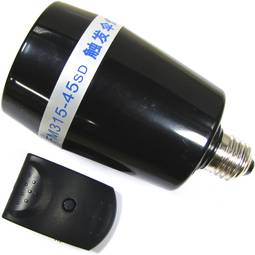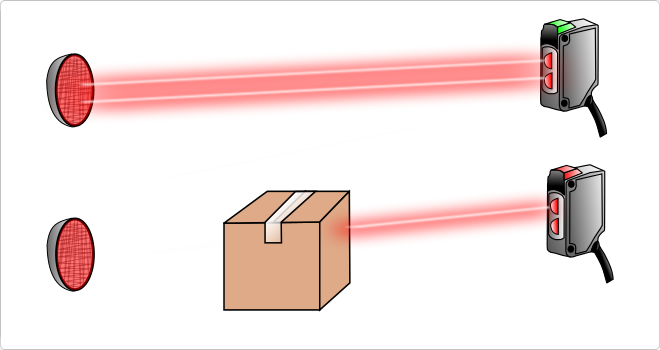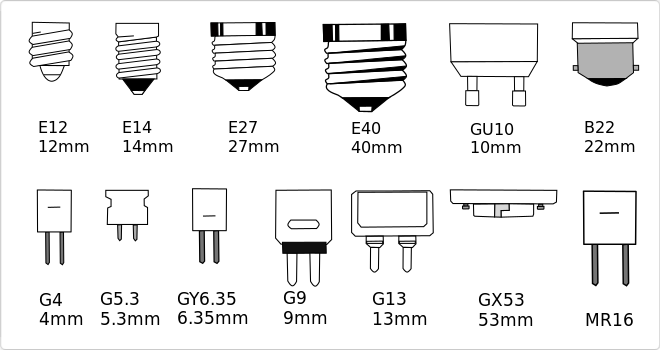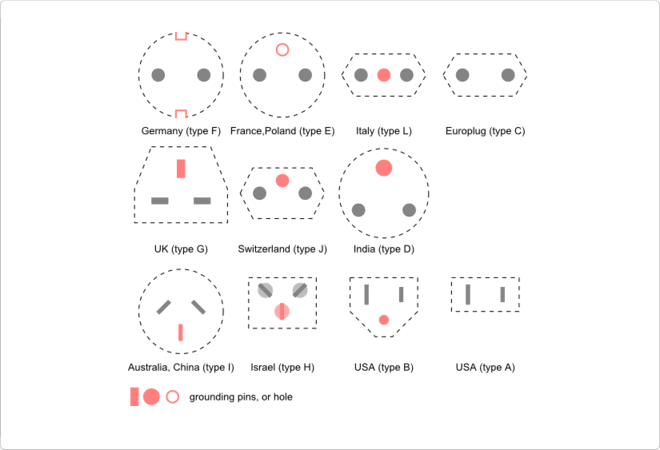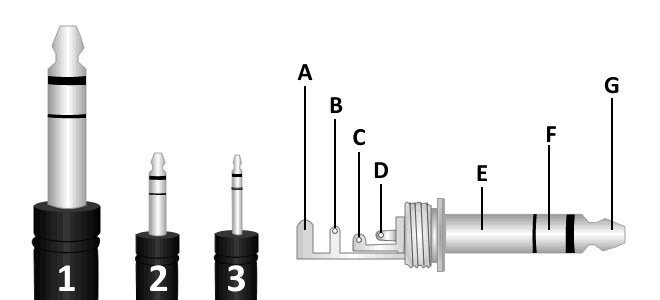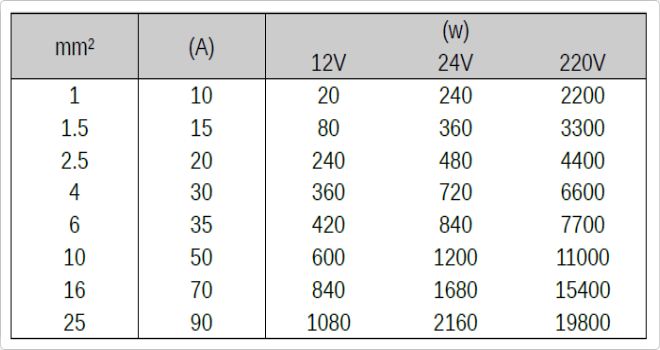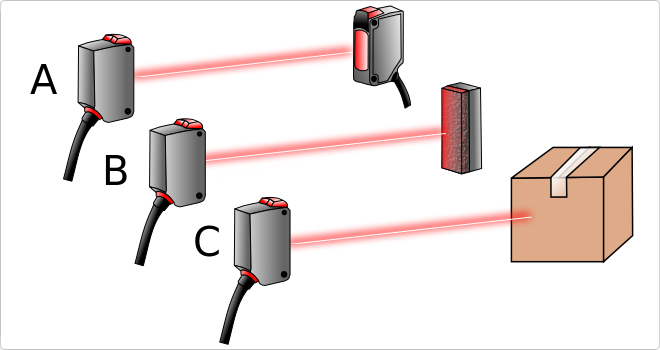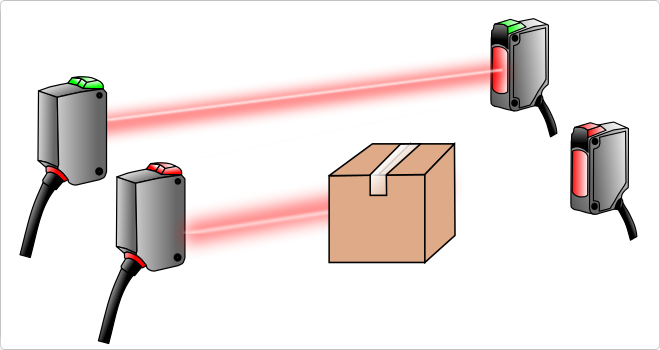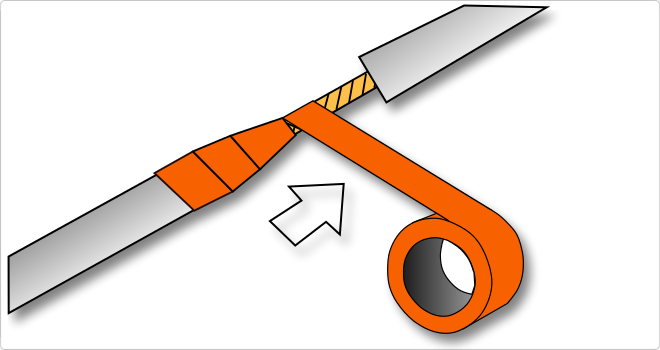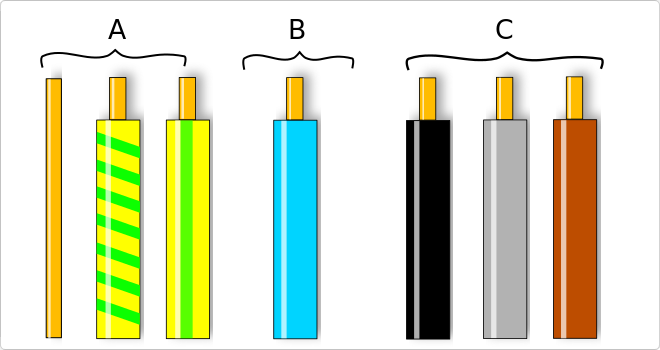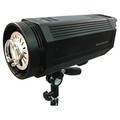02/10/2025 4:36 p.m.
https://cablematic.com/en/products/studio-flash-goldenshell-ec-400-300w-EJ013/
https://cablematic.com/en/products/studio-flash-goldenshell-ec-400-300w-EJ013/
Studio flash GoldenShell EC-400 300W
REF: EJ013
Specifications
- Output power to the flash lamp 300 W power configurable from 1 to 1/16.
- Power modeling lamp 150 W with standard E27.
- Flash Duration: 1/1600 s.
- It has 3 shooting options: manual, Iby means of photoelectric cell or the sync cable connected to the camera.
- Has controls for ON/OFF general buttons to control the modeling light, manual flash trigger, remote control button to flash and flash adjustment potentiometer (1/16 to 1).
PVP
€144.65
Price including VAT:
€144.65
PVD
€120.08
PVP: Retail price.
Check conditions.
PVP: Sale price to distributors.
Check conditions.
warranty
returns
safe
We will notify you when it is back in stock.
Specifications
- Output power to the flash lamp 300 W power configurable from 1 to 1/16.
- Power modeling lamp 150 W with standard E27.
- Flash Duration: 1/1600 s.
- It has 3 shooting options: manual, Iby means of photoelectric cell or the sync cable connected to the camera.
- Has controls for ON/OFF general buttons to control the modeling light, manual flash trigger, remote control button to flash and flash adjustment potentiometer (1/16 to 1).
Keywords
Did not find what you were looking for? These topic could help you
More info
Flash GoldenShell study of EC range and output power of 300 W flash and modeling light 150W Model with analog controls with controls in the rear and all-digital internal circuitry for increased performance and accuracy. Robust design made of aluminum main body color and black trim black high strength plastic on the ends. Accessory connector has comBowens compatible with universal adjustable mounting and connector 5/8 "and handle for screw handle to lock the orientation.
Specs
Specs
- Output power to the flash lamp 300 W power configurable from 1 to 1/16.
- Power modeling lamp 150 W with standard E27.
- Flash Duration: 1/1600 s.
- It has 3 shooting options: manual, Iby means of photoelectric cell or the sync cable connected to the camera.
- Has controls for ON/OFF general buttons to control the modeling light, manual flash trigger, remote control button to flash and flash adjustment potentiometer (1/16 to 1).
- It has 3 modes of modeling light: abei proportional to 100%.
- Has connector 3.5mm minijackconnecting the flash sync cable.
- Number of ISO-100 guide: GN60.
- Recharge Time: 0.4 to 1.0 seconds.
- Color Temperature: 5500 ° K ± 200 ° K.
- Overload protection, short circuit and overheating.
- It has adjustable tilt and swivel with hole for attaching a reflector umbrella. The patella has a handle for screw handle to lock the orientrequired action.
- Bowens has support for attachment of accessories (reflector, snoot, barn doors, etc.). Universal connector.
- It connects directly to the mains 220 VAC. Supplied with 4.5 m power cord Schuko Male to IEC 60320 type C13. The flash has a C14 connector.
- Sync Cable 4.5 m at one end has 3.5mm minijack connector that plugs into focus andthe other end of adapter attaches to the hot shoe of the camera.
- Mounted on tubular aluminum structure with black color and extreme resistant black plastic moldings and carrying handle.
- Has an internal cooling fan.
- Supplied with fixing plastic snoot Bowens type.
- Size: 132 x 420 x 210 mm.
- Weight: 2.8 Kg
- Gross Weight: 3.86 kg
- Number of packages: 1
Technical terms
- Self-reflective photocells
- Reflective photocells with reflector
- Bowens
- Types of bulb socket
- ISO
- IEC
- Schuko
- VAC
- Jack connector
- Electrical cable sections
- Types of photoelectric sensors
- Barrier Photocells
- Colors insulating tape
- Colors of electric cables
Self-reflective photocells
This is one of the most economical models of detectors by photocell, but against is one of the least recommended in situations with high humidity or places with a lot of dust or dirt. The reception distance is also shortened as opposed to the barrier, so they do not have as much detection range. This factor is directly linked to the color of the object, since the light emitted must bounce on it, it will not haveThe same index of reflection an object of black color (that absorbs the light) to a white object (that bounces the light), therefore, objects of light colors will be better detected with a self-reflecting photocell.
This type of sensors unlike those of barrier, its emitter and receiver are in a single device. The emitter emits light on the object, when light reaches the object it bounces and is received by the receiver, qYou will be in charge of executing the action, like stopping a tape, adding a unit, triggering a mechanism, etc.
As it is a single device its installation is minimized, since it is only necessary to feed a point, unlike the barrier that are two points. They are ideal for installations where it is complicated or there is no space to place the receiving device.
This type of photocells can be divided into 3 groups,Standard or self-reflecting photocells, background suppression and autoreflective foreground photocells (FGS, Foreground suppression)
This type of sensors unlike those of barrier, its emitter and receiver are in a single device. The emitter emits light on the object, when light reaches the object it bounces and is received by the receiver, qYou will be in charge of executing the action, like stopping a tape, adding a unit, triggering a mechanism, etc.
As it is a single device its installation is minimized, since it is only necessary to feed a point, unlike the barrier that are two points. They are ideal for installations where it is complicated or there is no space to place the receiving device.
This type of photocells can be divided into 3 groups,Standard or self-reflecting photocells, background suppression and autoreflective foreground photocells (FGS, Foreground suppression)
- Self-reflective or non-suppressed photocells (the standards) are those whose detection distance is affected by the color of the detected object. As a result of this small inconvenience,Have improved these sensors by creating two variants, with background suppression and foreground suppression.
- Self-reflective or suppressed photocells work in the same way as the previous ones, but also use several triangulations of the light to calculate the exact position in which the object is. Thanks to these triangulations the sensor is able to ignore any object that may be behind and pUeda interfere in the detection, in such a way that they are not so affected by lighter colors, shapes or brightness of the object.
- Self-reflective photocells with foreground suppression are those that work just like background suppression but focus on the background surface, adjusting the detection zone at that distance. Basically, what the sensor does is focus on the background and will detect any object thatIs placed on said background, for example, is the system used for the detection of objects on a conveyor belt or other surface.


















